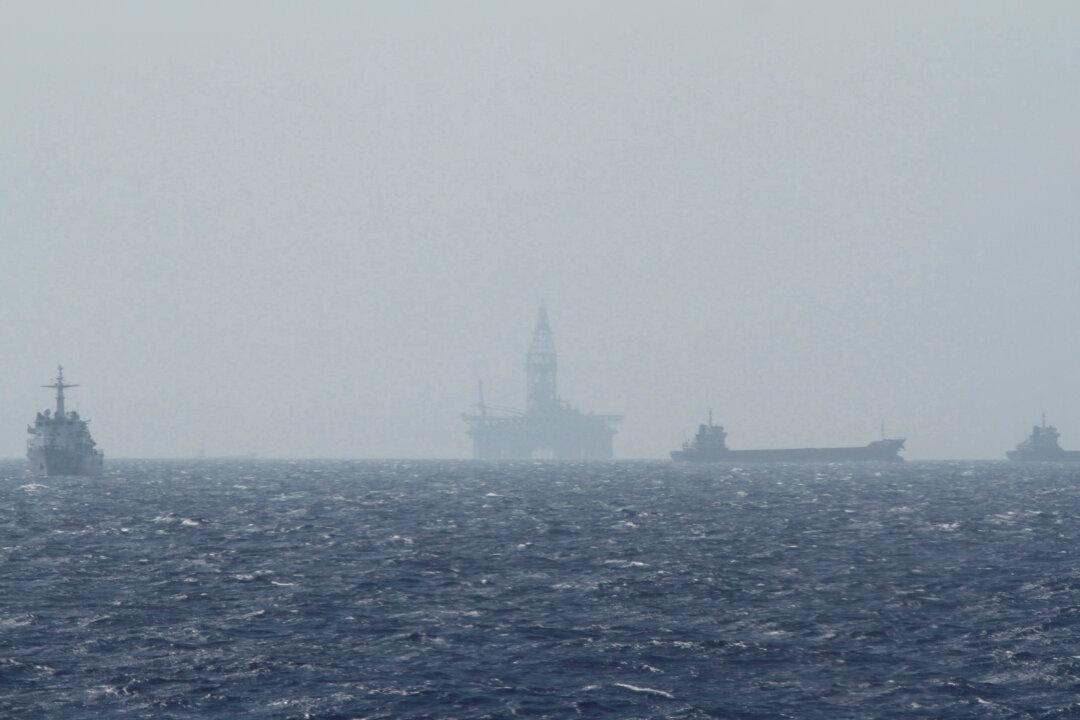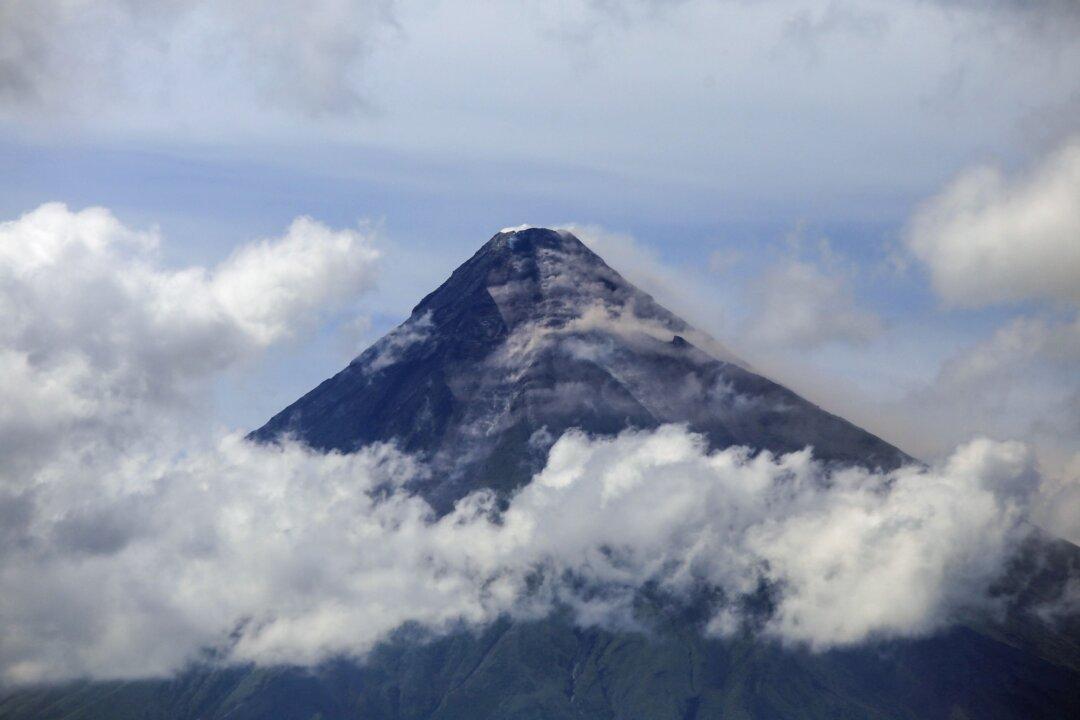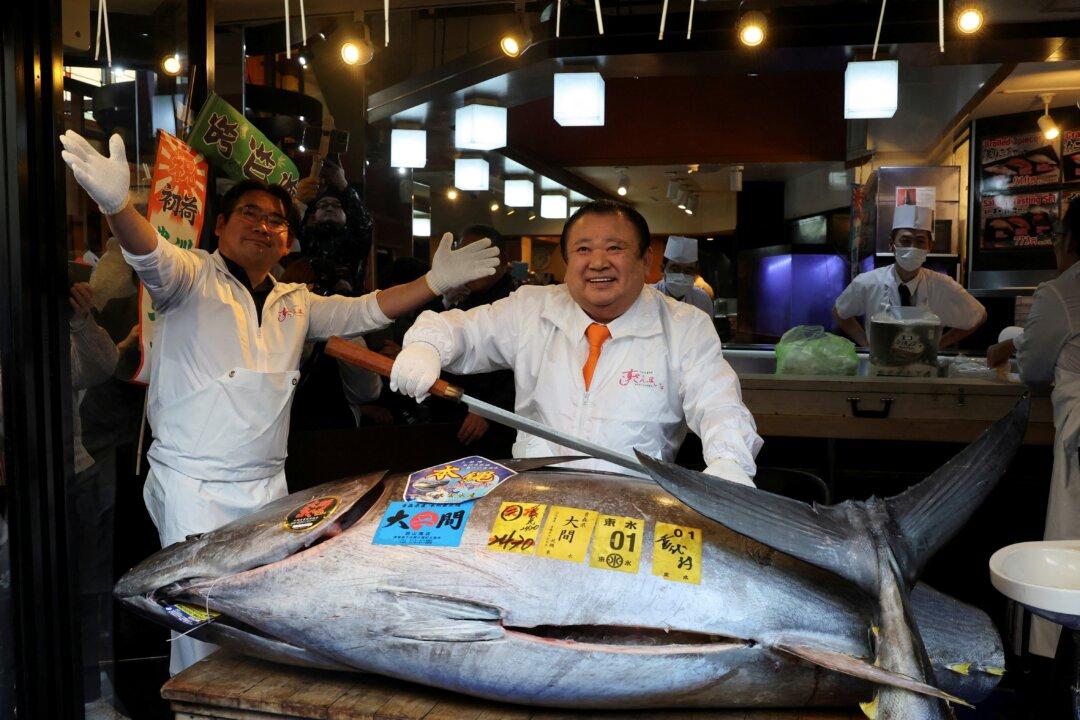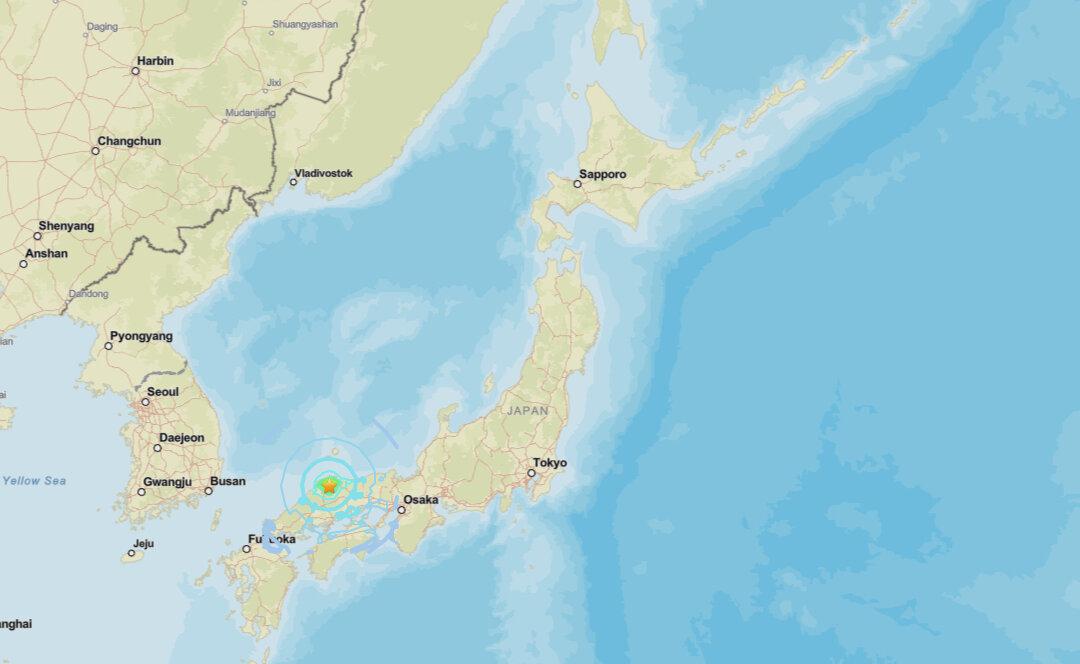SINGAPORE—Vietnam said it hoped China would show restraint in the South China Sea next year after a Chinese oil survey vessel and its escorts spent months within Vietnam’s exclusive economic zone in what Hanoi called a blatant violation of its sovereignty.
Vietnam, the region’s most forceful challenger of China’s extensive maritime claims to the busy waterway, will take on the rotating chairmanship of the Association of Southeast Asian Nations (ASEAN) in 2020.





